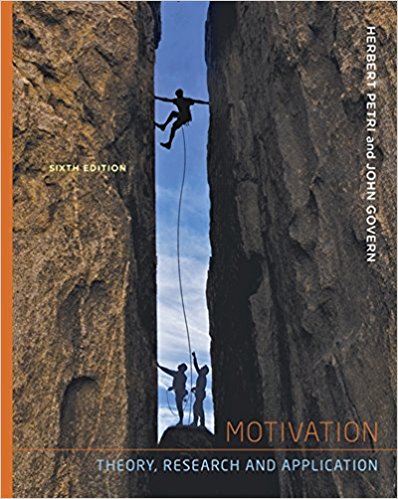
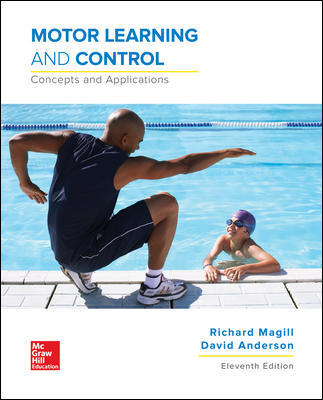
Motivation Theory Research And Application International Edition 6th Edition by Herbert L – Test Bank
Suggested Price: $25.00
Edition: 6th Edition
Format: Downloadable ZIP File
Resource Type: Test Bank
Duration: Unlimited downloads
Delivery: Instant Download
Motivation Theory Research And Application International Edition 6th Edition by Herbert L – Test Bank
CHAPTER 6 – Instructor’s Manual
Incentive Motivation
Chapter Preview
This chapter is concerned with the following questions:
1. What is incentive motivation?
2. How has incentive motivation been explained theoretically?
3. How have the concepts of expectancy and meaningfulness been incorporated into the incentive concept?
4. How does incentive motivation influence sexual behavior?
5. Can addiction be understood from the perspective of incentive motivation?
Chapter Outline
Incentives as Energizers
Incentive Motivation (K)
Hull-Spence and rg-sg
The Persistence of Behavior
Amsel and rf-sf
Incentives as Generators of Emotion
Mowrer: Fear, Hope, Relief and Disappointment
Incentives as Carriers of Information
Tolman: Cognitive Formulations
Expectancy
Predictability
The Overmier and Lowry Model
The Bindra Model
Klinger: Meaningfulness
Incentives and Goals
Disengagement Phases
1. Invigoration
2. Primitivization
3. Aggression
4. Depression
5. Recovery
Grief as Disengagement
Incentive Aspects of Sexual Motivation
Pheromones
Menstrual Cycle Modulators
Opposite Sex Attraction Signals
Learned Sexual Stimuli
Female Attractiveness
Male Attractiveness
Incentive Motivation and Physical Addiction
Behavioral Addictions
Class Lecture Ideas
1. Incentive Motivation (K)
Clark Hull developed a comprehensive theory of learning and motivation in the 1950s. Hull’s formula for determination was E = H x D x K, where E = likelihood of a behavior, H = learning (habit strength), D = drive, and K = incentive motivation (simple version of formula). Relevant to this chapter, Hull contributed greatly to American psychology and was a strong voice in trying to predict behavior through understanding motivation. Spence was a student of Hull’s. Review Hull’s theory of motivation, and show how it predicts behavior.
2. Reinforcement Schedules
The chapter discusses partial reinforcement schedule and its role in motivation. A good lecture is to expand the topic to schedules of reinforcement, as stated by Ferster and Skinner (1957). Include continuous reinforcement schedule, and the partial (intermittent) reinforcement schedules: fixed ratio variable ratio, fixed interval and variable interval. Include information on consequences of each schedule, and provide examples for students.
3. Mowrer and Incentive Motivation
Mowrer developed an important approach to motivation. Provide background and details of his theory. Include his four primary emotions (fear, hope, relief, and disappointment) and his ideas of incentives as carriers of information.
4. Tolman and Latent Learning
Tolman presented an early cognitive approach to psychology. Provide details on Tolman and his holistic view. Be sure to include the Tolman and Honzik (1930) study.
5. The Bindra Central Motive State Model
A lecture that explores Bindra’s central motive state approach is useful for students to understand this perspective.
6. Klinger’s Approach to Motivation
It is useful to provide additional details of Klinger’s theoretical approach. Discuss his concepts of meaningfulness, and his five phases of disengagement (invigoration, primitivization, aggression, depression, and recovery).
7. Pheromones
There is a lot of information on pheromones that you might incorporate into a lecture. Pheromones indicate sexual readiness in a number of animal species. Pheromones have also been implicated in people, a topic that students are particularly interested in. You might want to review the early work of Martha McClintock, who found menstrual synchronization in college roommates. And the pheromonal recognition between mothers and infants is interesting.
8. Sexual Attractiveness
A review of sexual attractiveness is appropriate. Carefully present research on what contributes to female attractiveness and male attractiveness.
9. Incentive Motivation and Physical Addiction
A lecture on incentive motivation and addiction might be useful to students. Explain how addiction can be explained as a craving for a drug (as opposed to simply pleasure).
Class Activities
1. Develop a List of Incentives
The text states that the term incentive “usually describes some goal object that motivates us”. What are some of the most important incentives in the lives of students? Have students develop a list of common incentives. One way is to ask students to take a sheet of paper and write as many incentives as they can think of. Then have them rank order their incentives. Then ask students to get into small groups and combine their top incentives. And finally, have each small group present their list to the class. Ultimately, try to develop a “class list” of common incentives.
2. Survey on Attractiveness
What determines the attractiveness of males and females? An interesting and fun class activity is to develop and administer a short survey on physical attractiveness. Perhaps easiest is open-ended questions. For example, “What are the most important contributors to female attractiveness?” Do same for male attractiveness. Think about demographic questions: sex, age, relationship status. Have students distribute the surveys and compile responses. Then share results with class. You might have students discuss any differences in participants’ sex, age, and relationship status.


MAECENAS IACULIS
Vestibulum curae torquent diam diam commodo parturient penatibus nunc dui adipiscing convallis bulum parturient suspendisse parturient a.Parturient in parturient scelerisque nibh lectus quam a natoque adipiscing a vestibulum hendrerit et pharetra fames nunc natoque dui.
ADIPISCING CONVALLIS BULUM
- Vestibulum penatibus nunc dui adipiscing convallis bulum parturient suspendisse.
- Abitur parturient praesent lectus quam a natoque adipiscing a vestibulum hendre.
- Diam parturient dictumst parturient scelerisque nibh lectus.
Scelerisque adipiscing bibendum sem vestibulum et in a a a purus lectus faucibus lobortis tincidunt purus lectus nisl class eros.Condimentum a et ullamcorper dictumst mus et tristique elementum nam inceptos hac parturient scelerisque vestibulum amet elit ut volutpat.


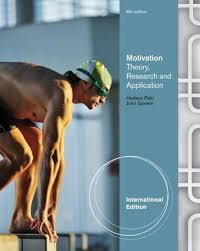
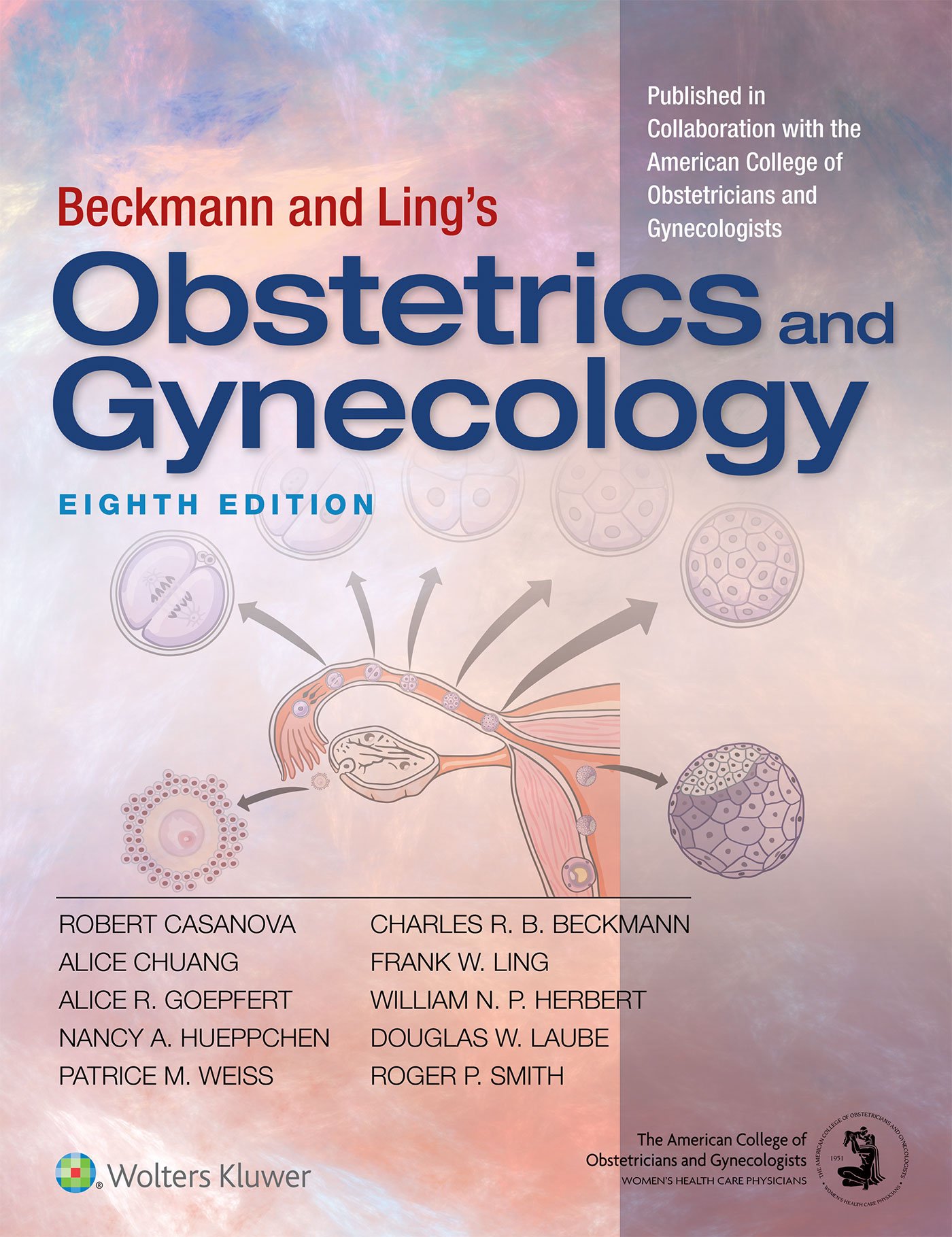
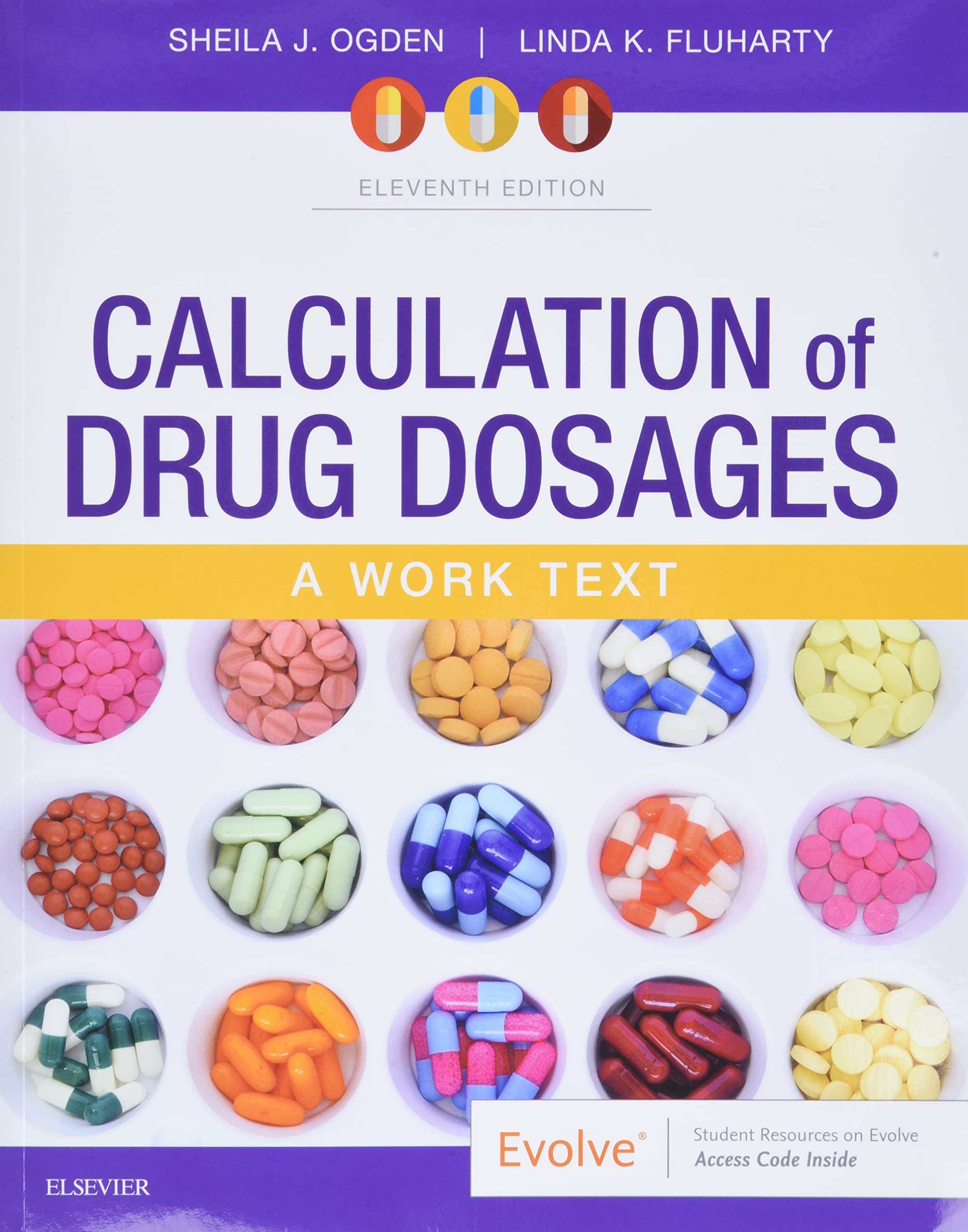
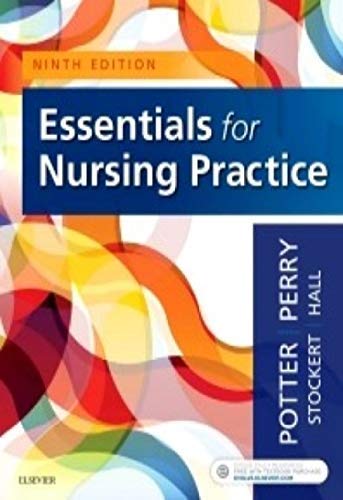
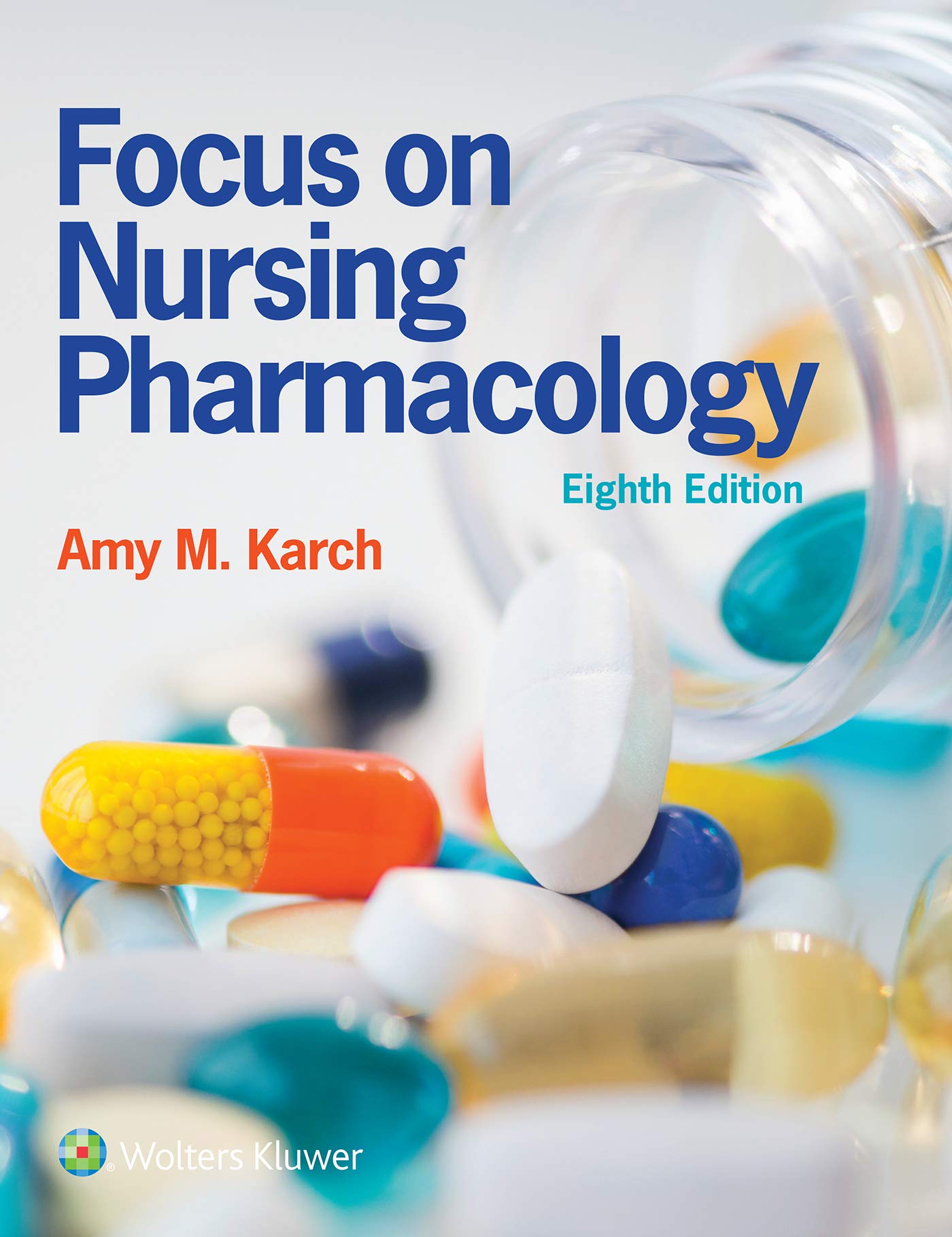
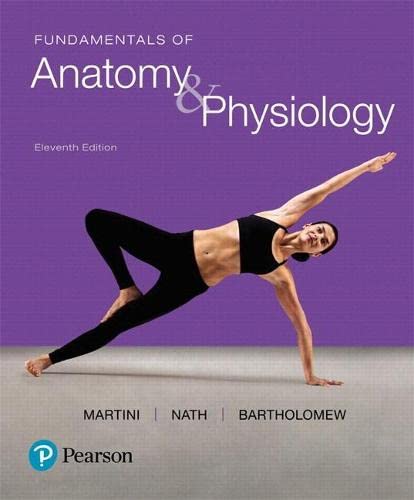
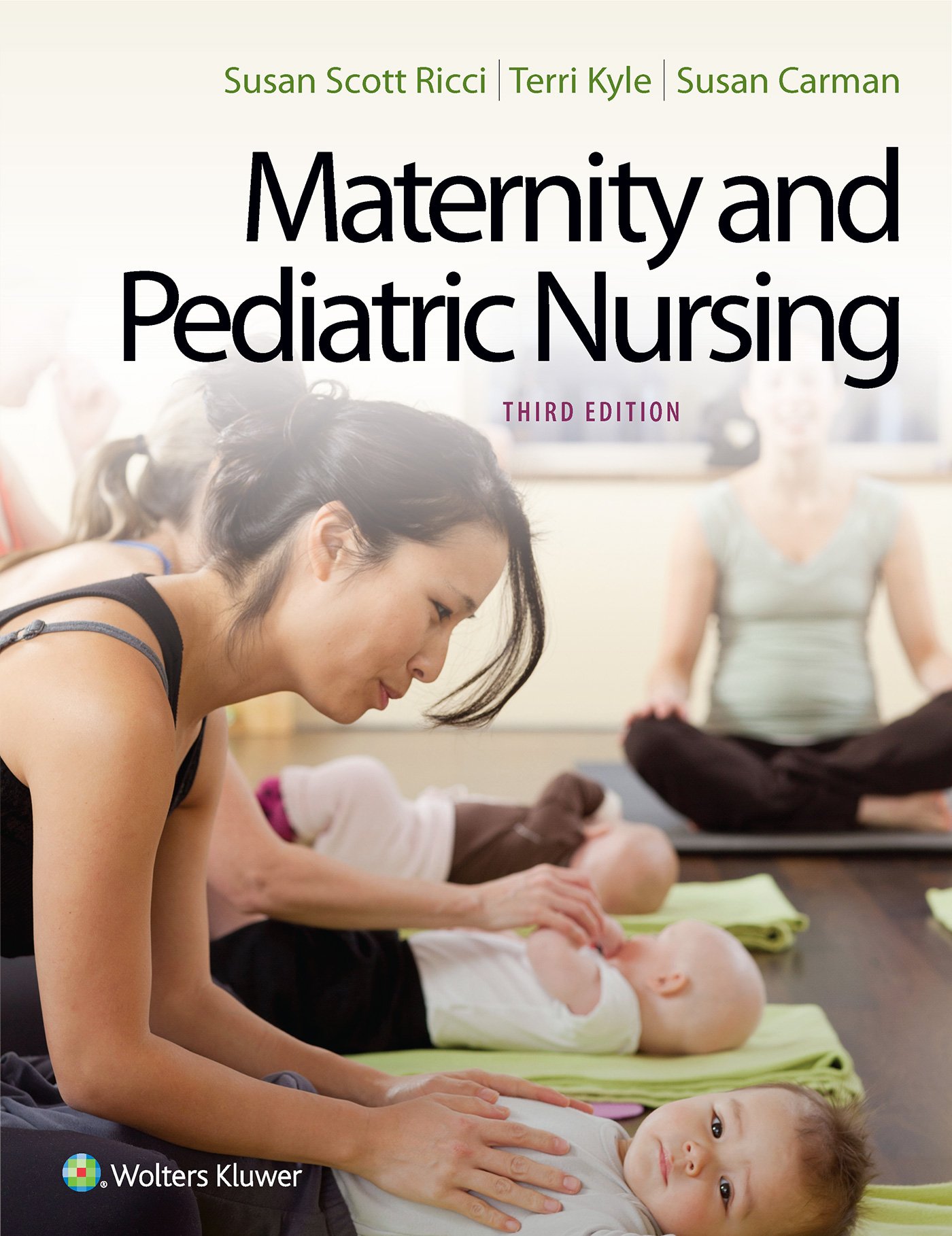
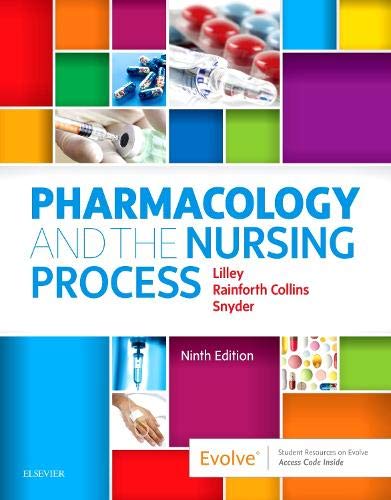
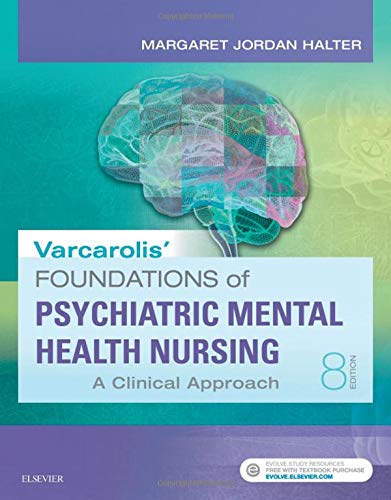
Reviews
There are no reviews yet.